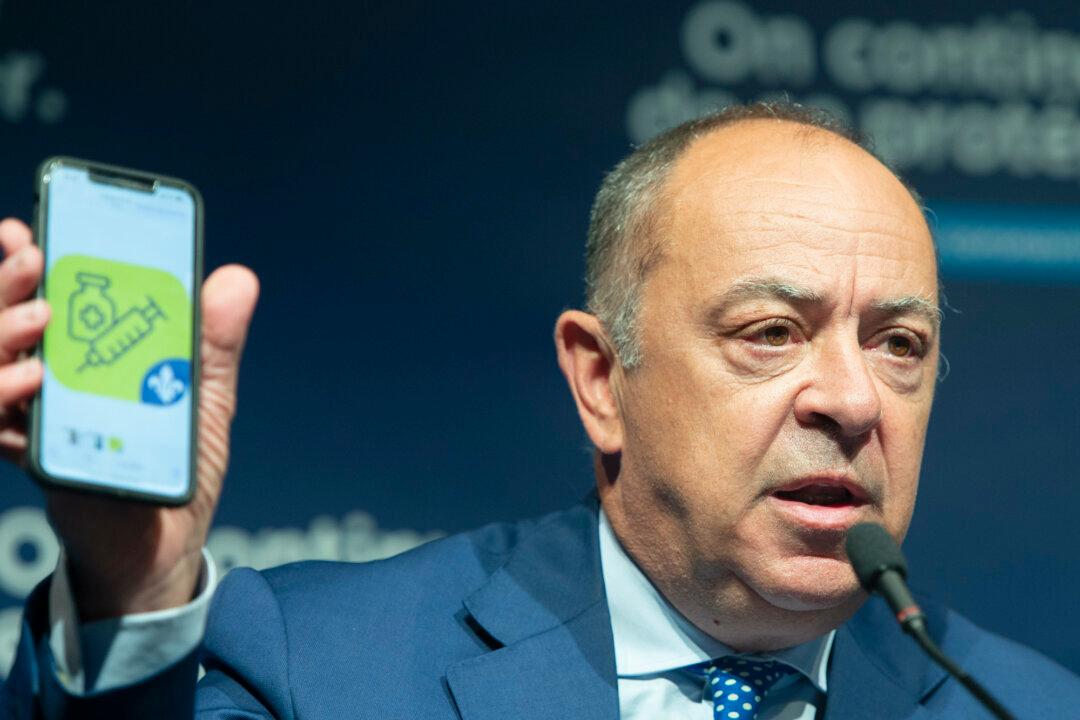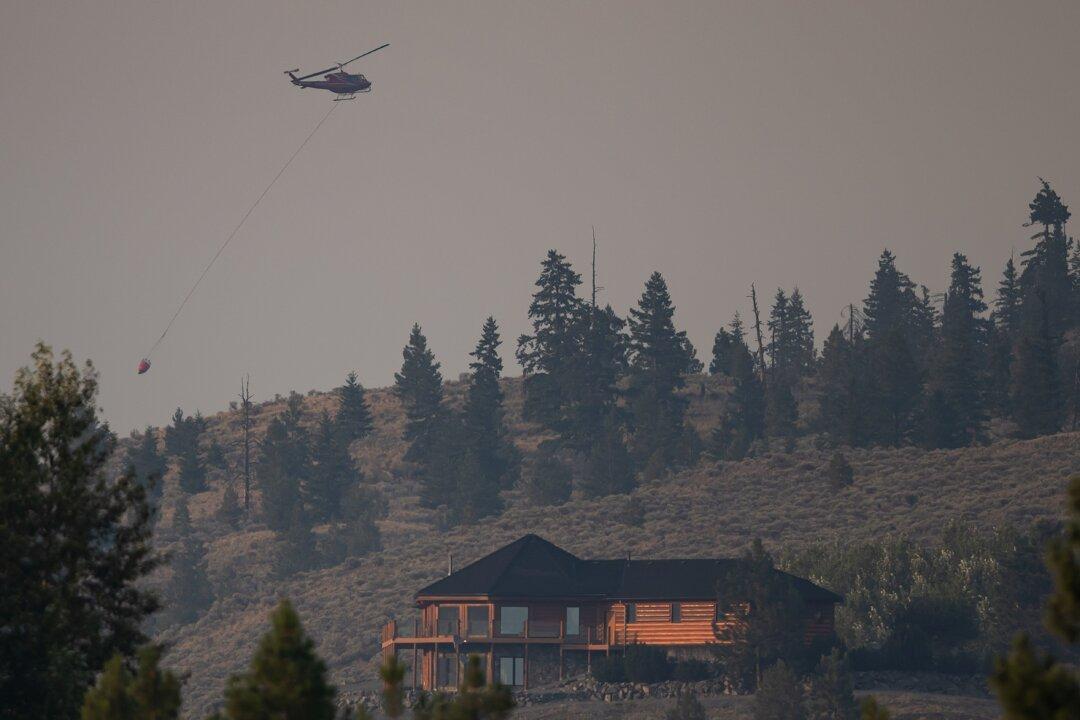The impact of pandemic restrictions on the restaurant industry that reduced demand for poultry by 40 percent is what’s behind chicken producers’ decision to reduce flocks, not culling or plant closures, according to the Chicken Farmers of Canada (CFC).
The organization said on May 11 that although production has been lowered by 12.6 percent for May and June and by 11 percent for July and August, flocks have so far not had to be culled due to COVID-19.





